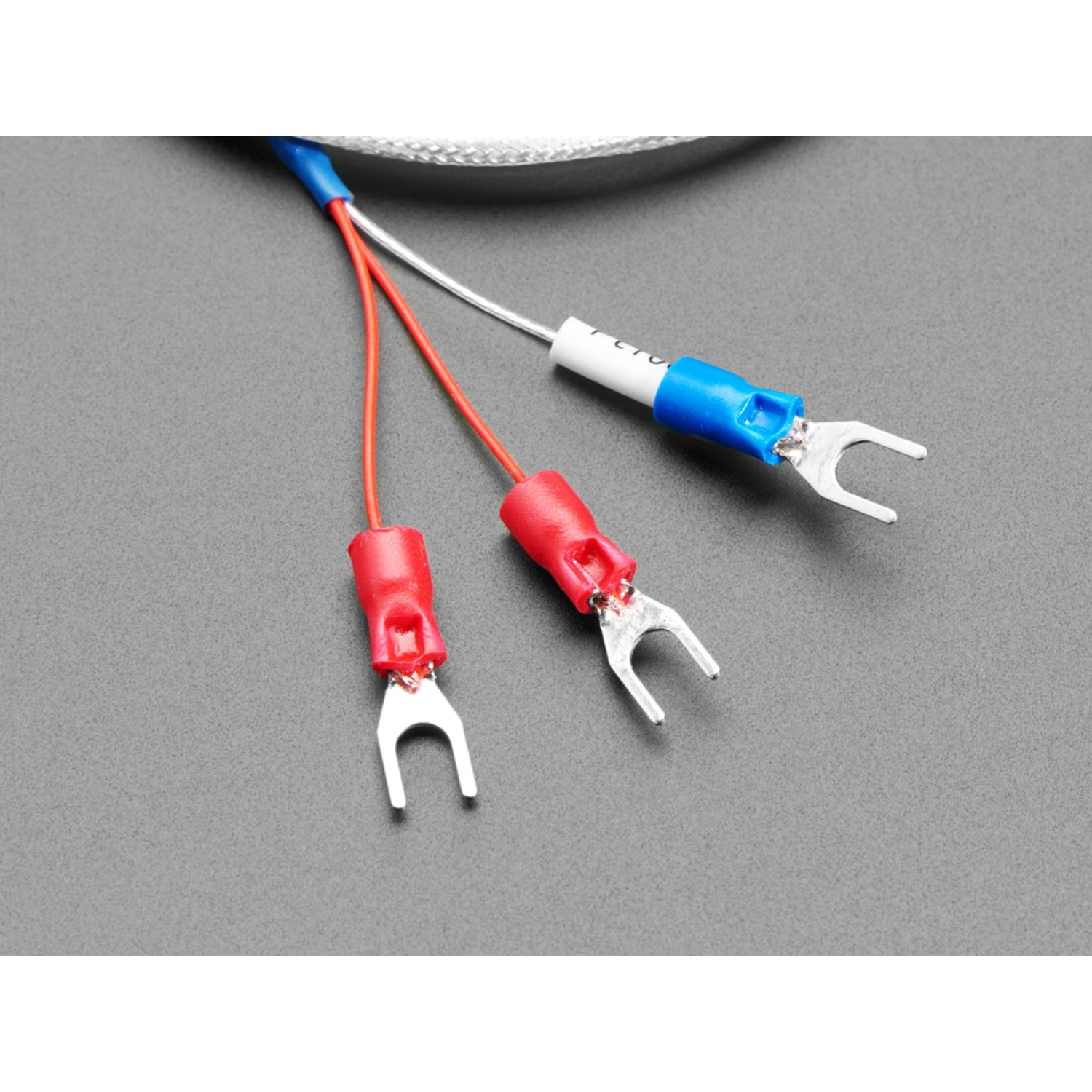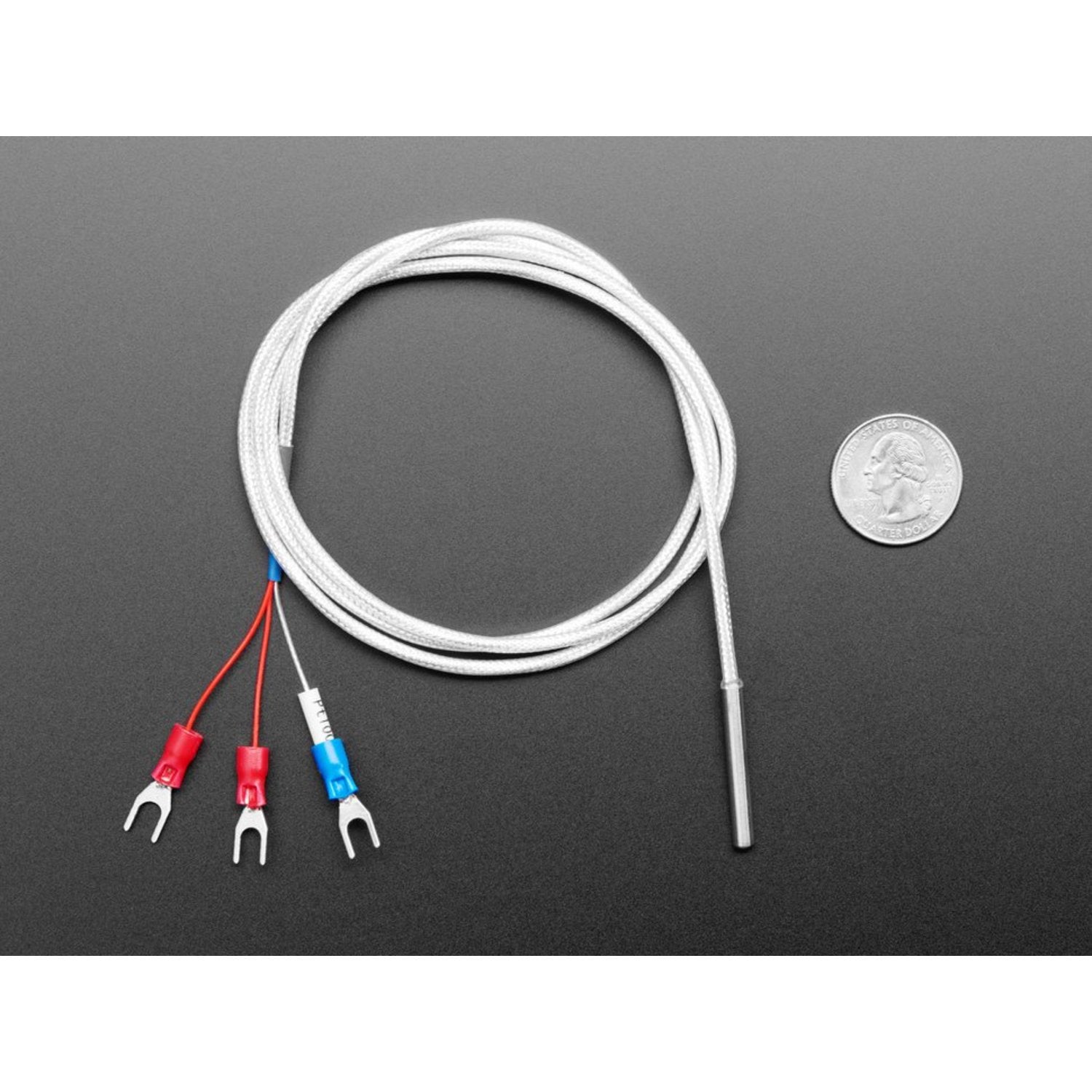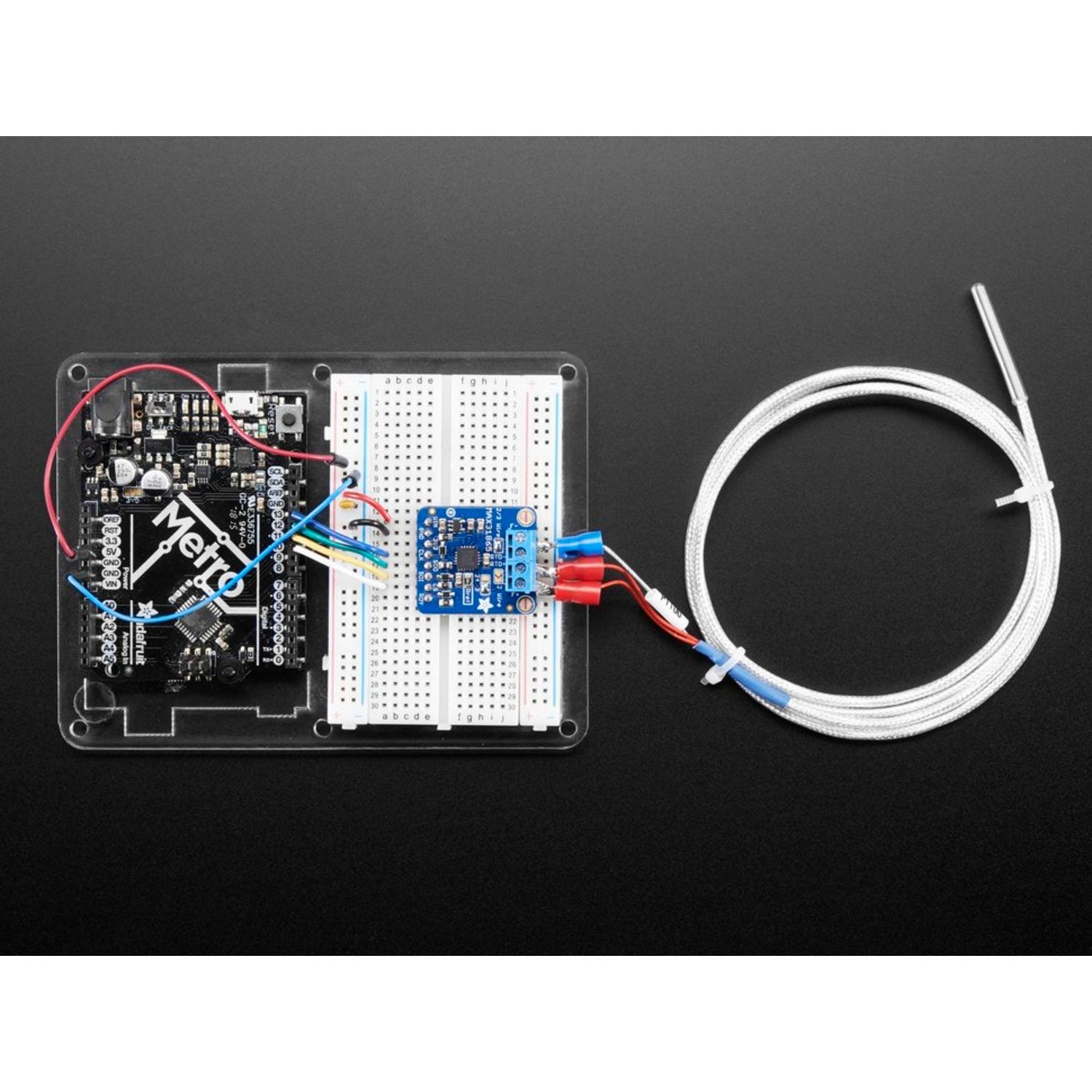When it comes to precise temperature sensing, Platinum RTDs are unbeatable. Resistance temperature detectors (RTDs) are temperature sensors with a resistor that changes its resistance as the temperature varies, similar to thermistors. This sensor features a small Platinum strip with a resistance of 1000 ohms at 0°C, hence the name PT1000. Compared to most NTC/PTC thermistors, PT RTDs are far more stable and precise, though more costly. PT1000 sensors are well - known for their accuracy, repeatability, and stability in laboratory and industrial temperature measurements, outperforming thermocouples.
This high - temperature PT1000 sensor is shielded with 316L stainless steel, which can withstand temperatures up to 550°C.
**Key Features of PT1000:**
- Operates on resistance measurement principles.
- The resistor is made of Platinum with 1000 ohm resistance at 0°C.
- Platinum has a positive resistance temperature factor, so resistance rises with temperature.
- The nominal resistance variation is 3.85Ω/°C.
- Offers high accuracy and stability compared to thermocouples, silicon - based temperature sensors, or thermistors.
Each sensor has three wires. Two wires connect to the platinum resistor as expected, and the third wire is also connected to one end of the PT1000. If your RTD amplifier supports 3 - wire sensors, it will drive the resistor with the first two wires and measure voltage differences to subtract wire voltage drops. If your amplifier only supports 2 - wire sensors, just leave the third wire disconnected.
Connect this great sensor to your preferred microcontroller using our Adafruit RTD sensor breakout.




Using this Platinum PT1000 RTD sensor is quite straightforward. First, check your RTD amplifier. If it supports 3 - wire sensors, connect the first two wires to drive the resistor and let the amplifier measure the voltage differences. This helps in getting accurate readings by subtracting any voltage drop from the wires. If your amplifier only has 2 - wire support, simply leave the third wire unconnected.
When it comes to installation, make sure the sensor is placed in the area where you want to measure the temperature. The 316L stainless steel shield can handle high temperatures up to 550°C, so it's suitable for many hot environments.
For maintenance, keep the sensor clean. Avoid physical damage to the wires and the platinum resistor inside. Also, make sure the connections are tight to ensure accurate temperature measurements. If you want to connect it to a microcontroller, use our Adafruit RTD sensor breakout. This will make the connection process easier and help you get the most out of the sensor.